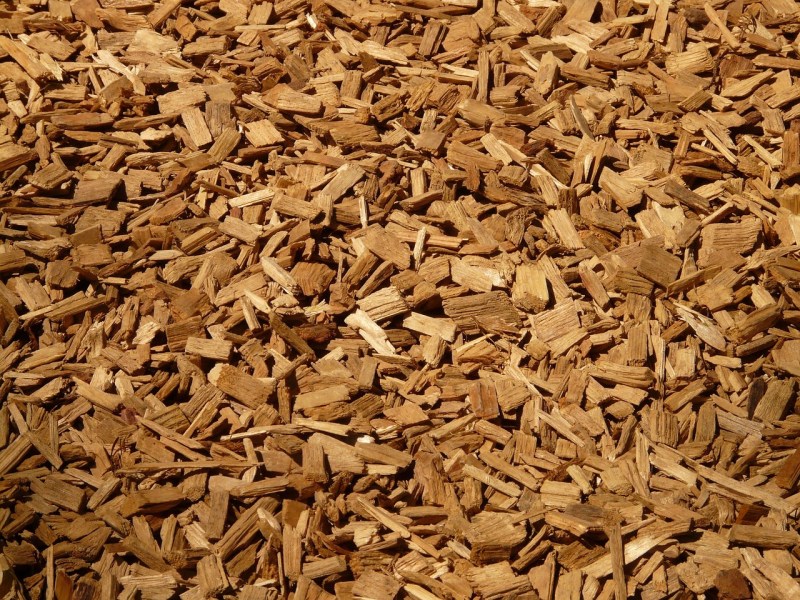Backyard smoking became my weekend therapy during a particularly stressful year, and like many others, I initially got lured in by brisket—because let’s face it, brisket is the king of smoked meats, right? That was until I tried smoking a pork butt and realized the world of BBQ is bigger than one cut. From juicy poultry to melt-in-your-mouth ribs, there’s a whole menu of meats that respond beautifully to low and slow heat. In this guide, I’ll break down tips to help you find the best meat for smoker adventures, whether you’re a seasoned pitmaster or just getting that smoker out of the box.
Start with beginner-friendly cuts
If you’re new to smoking, start with forgiving cuts that won’t punish you for minor mistakes.
- Pork shoulder (a.k.a. Boston butt): Fatty, flavorful, and almost impossible to dry out.
- Whole chicken: Affordable and cooks in less time than larger cuts.
- Baby back ribs: Easier than brisket but still deliver that fall-off-the-bone appeal.
These meats are more flexible with cook time and temp, so you can experiment while building your confidence. They’re also widely available and won’t wreck your budget if you don’t nail it the first time.
Want a true pitmaster’s take on picking and prepping meats for the smoker? Watch Aaron Franklin of Franklin Barbecue in Austin break down what makes a brisket great and how to nail the fundamentals of smoking. From fat content to fire control, he covers it all with the kind of calm authority only a James Beard winner can pull off. If you’re serious about upping your smoker game, this is your next must-watch.
Know which cuts do best with smoke
Some meats just pair better with long, smoky heat. It all comes back to their fat and connective tissue, which slowly breaks down to deliver that tender, juicy bite.
- Beef brisket: A classic that rewards patience with deep, smoky richness.
- Pork ribs (spare or baby back): A favorite for their balance of meat and fat.
- Lamb shoulder: Hearty and gamey, it takes on smoke beautifully.
Tougher, cheaper cuts are often your best bet for smoking. The long cook time works to your advantage, breaking everything down into that coveted “melt-in-your-mouth” experience.
Match the meat with the right wood
Different woods bring out different notes in meat. Choose wisely based on your protein. Some folks like to mix woods for a custom flavor profile. You can start simple with one type and get creative as you learn your preferences.
- Poultry: Go with apple, cherry, or pecan for a subtle, sweet smoke.
- Beef: Mesquite or hickory amps up the boldness.
- Pork: Versatile enough for fruit woods or hickory, depending on how rich you want it.
Don’t overlook sausage and other smoked snacks
Some of the best meat for smoker sessions doesn’t come in large cuts. Sausages, bologna, and even meatloaf can absorb smoke in spectacular ways.
- Smoked sausages: Quick to cook and always a crowd-pleaser.
- Bologna chub: Cheap, nostalgic, and shockingly good with a BBQ rub.
- Meatloaf: Sounds odd, tastes amazing … especially with a tangy glaze.
These are great options for when you want something delicious without dedicating an entire day to the smoker. They also make great appetizers while your larger cuts finish cooking.
Use seasonings that’ll stand up to the heat
Smoking isn’t a quick cook. That means whatever you season your meat with needs to last and enhance during hours of heat.
- Dry rubs: Brown sugar, paprika, salt, garlic powder, and chili powder form a solid foundation.
- Marinades: Great for poultry and leaner cuts.
- Mop sauces: Baste meats periodically to lock in flavor and moisture.
You can build flavor in layers; start with a rub, baste with a mop, and finish with a glaze. Just remember, smoke is a seasoning too. Don’t overdo it on the rubs — let the wood do some of the work.
Creative ideas to layer flavors
One of the underrated joys of smoking is building flavor in stages. After you feel like you’ve conquered smoking meat on a basic level, it’s fun to start trying to incorporate more in-depth flavor that’ll truly impress your guests.
Ideas to elevate flavor:
- Add apple cider or beer to your drip tray
- Finish pork with a maple glaze
- Wrap brisket in butcher paper with a splash of broth
Get smokin’

Finding the best meat for smoker cooking is part trial-and-error, part personal preference. You’ll discover what you love by trying different cuts, woods, and techniques. Whether you start with humble chicken thighs or go straight for brisket glory, the key is to enjoy the process. Trust your taste buds, log your wins (and flops), and keep that smoke rolling.
With the right cut, wood, and a dash of patience, your smoker can turn even a modest piece of meat into something magical. So grab that apron, fire it up, and don’t be afraid to experiment.









